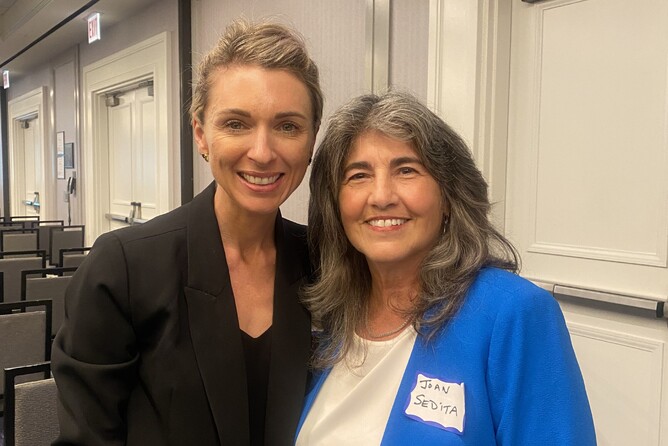What a privilege it has been to listen to Joan Sedita, whose session powerfully bridged research and practice through the lens of her Writing Rope framework. She reminded us that writing is a complex, interconnected process that requires explicit, systematic teaching across multiple strands if we are to develop proficient and confident writers.
Joan unpacked three essential strands: Critical Thinking, Text Structure, and Syntax, each explored through a practical, evidence-based lens that reinforced how reading and writing must be taught together, not in isolation.
At the heart of her message was the principle of Writing to Read.
“Students’ comprehension of content area texts improve when they write about what they read.”
Joan shared clear, actionable ways to bring this to life in the classroom:
Encourage students to respond in writing, making personal connections, analysing and interpreting what they read.
Teach them to summarise, take notes, and answer or generate questions about texts.
These practices deepen comprehension, strengthen writing fluency, and cultivate the ability to integrate information from multiple sources. These skills essential for academic success and lifelong literacy.
Critical Thinking
Joan reminded us that critical thinking must be intentionally scaffolded. Be specific in the questions you ask students to respond to in writing. Use tools like Two Column Notes to help them organise and extend their thinking.
When teaching summarisation, model it explicitly. Anything that can be read, said, or done can be summarised, but students need structure and guidance to do this effectively.
Text Structure
Explicit instruction in text structure is non-negotiable. Students need to use graphic organisers to plan their writing successfully. The Think, Plan, Write, Revise cycle must become part of every writing classroom, ensuring that students do not skip the crucial planning stage that supports coherent and purposeful writing.
Syntax
Joan powerfully highlighted that syntax is the bridge between reading and writing. It must be taught explicitly and intentionally. Research shows that sentence combining and sentence elaboration have a high impact on improving writing quality. As with all effective instruction, this requires modelling through the I Do, We Do, You Do approach and the use of mentor models to make the invisible processes of writing visible.
Final reflections
Joan's message is clear:
Writing instruction must address multiple components.
Writing about texts supports comprehension and content learning.
Every teacher, regardless of subject area, plays a role in developing writing proficiency.
Joan’s session was both inspiring and deeply practical, grounded in decades of research and classroom wisdom. Her forthcoming book, The Essentials of Adolescent Literacy: Integrating Evidence-Based Reading and Writing Instruction in Grades 5–12, promises to be an essential guide for educators seeking to strengthen the explicit teaching of writing at these year levels.
This reaffirmed that when we teach writing explicitly, systematically, and intentionally, strand by strand, we empower students not just to write well, but to think deeply, read critically, and learn meaningfully.




